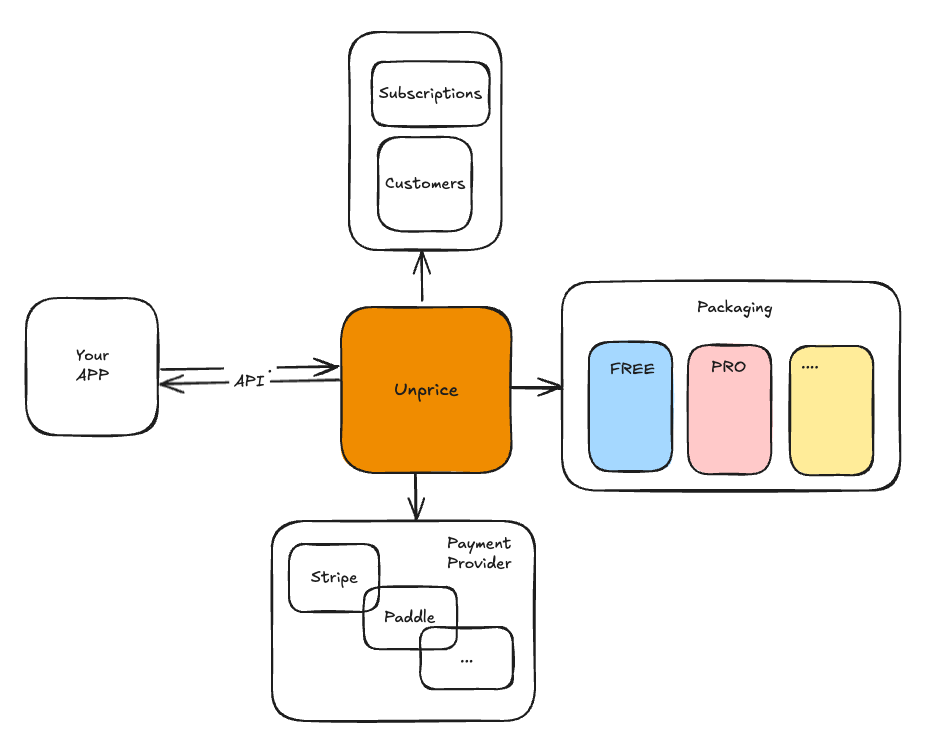What is PriceOps?
PriceOps is a methodology that enables iteration and flexibility. It describes a set of implementation properties that facilitate pricing model exploration by effectively managing inherent complexity. Think of this as a set of architecture blueprints and best practices, which can assist in the ongoing development and refinement of your pricing infrastructure. PriceOps is not a prescriptive guideline about how any particular product should be priced, or how such a price should be determined. Rather, it is a guideline for how a pricing model must be implemented to maximize flexibility and stability. See more
unprice overview
As matter of fact you shouldn’t, if you don’t want to prepare for the upcoming market change in pricing for software as a service, you can continue with the old paradigm. Unprice is the by product of putting some foundational principles in practice to move from static monetization to adaptive monetivation. We explain more in detail in our manifesto. You could follow those principles to build your own stack.
Isn’t this just a wrapper for Stripe?
Yes, you are absolutly right. Unprice has an interface to communicate with different payment providers, not only Stripe. The main value you get from Unprice is the iteration on prices, the ability to change payment providers and the analytics insights. The idea is not let you vendor lock and adapt quickly to pricing changes.New to Unprice?
Start using Unprice with your existing project, or start from scratch.Quickstart
Get started with Unprice.
Features
Learn how to use API Keys to protect, and scale your APIs

